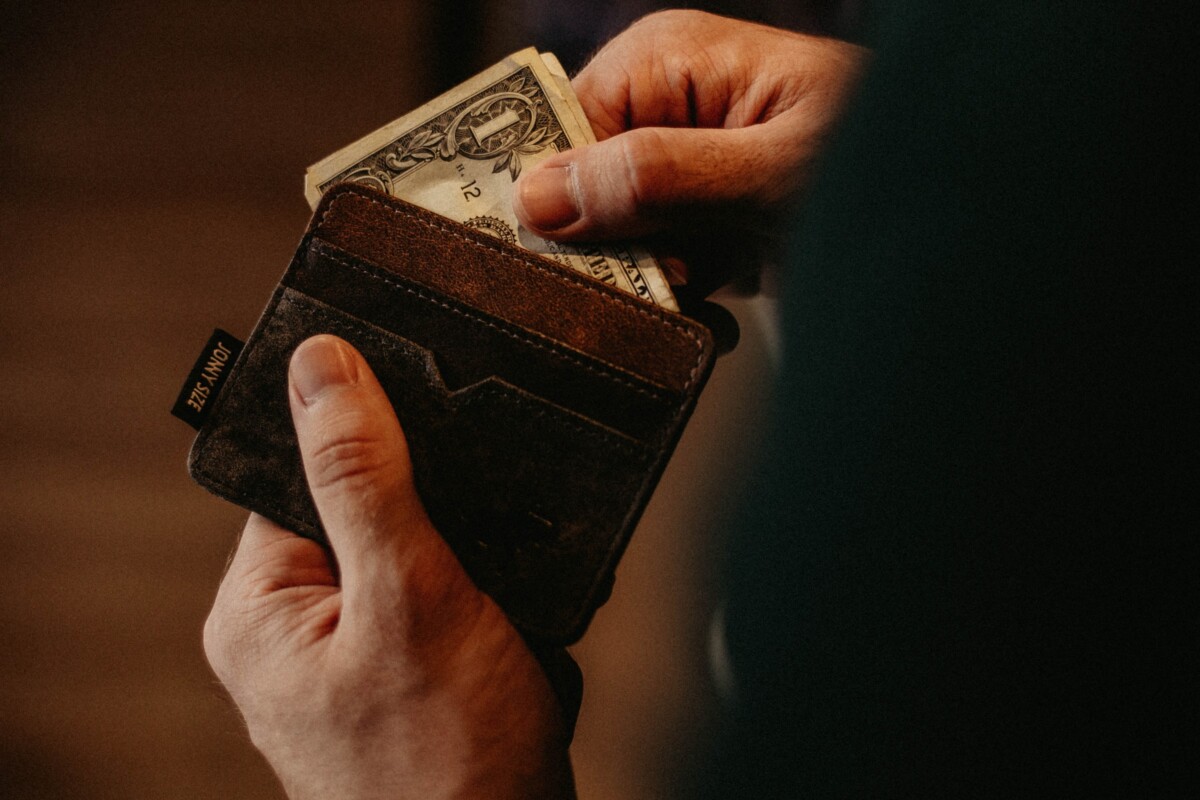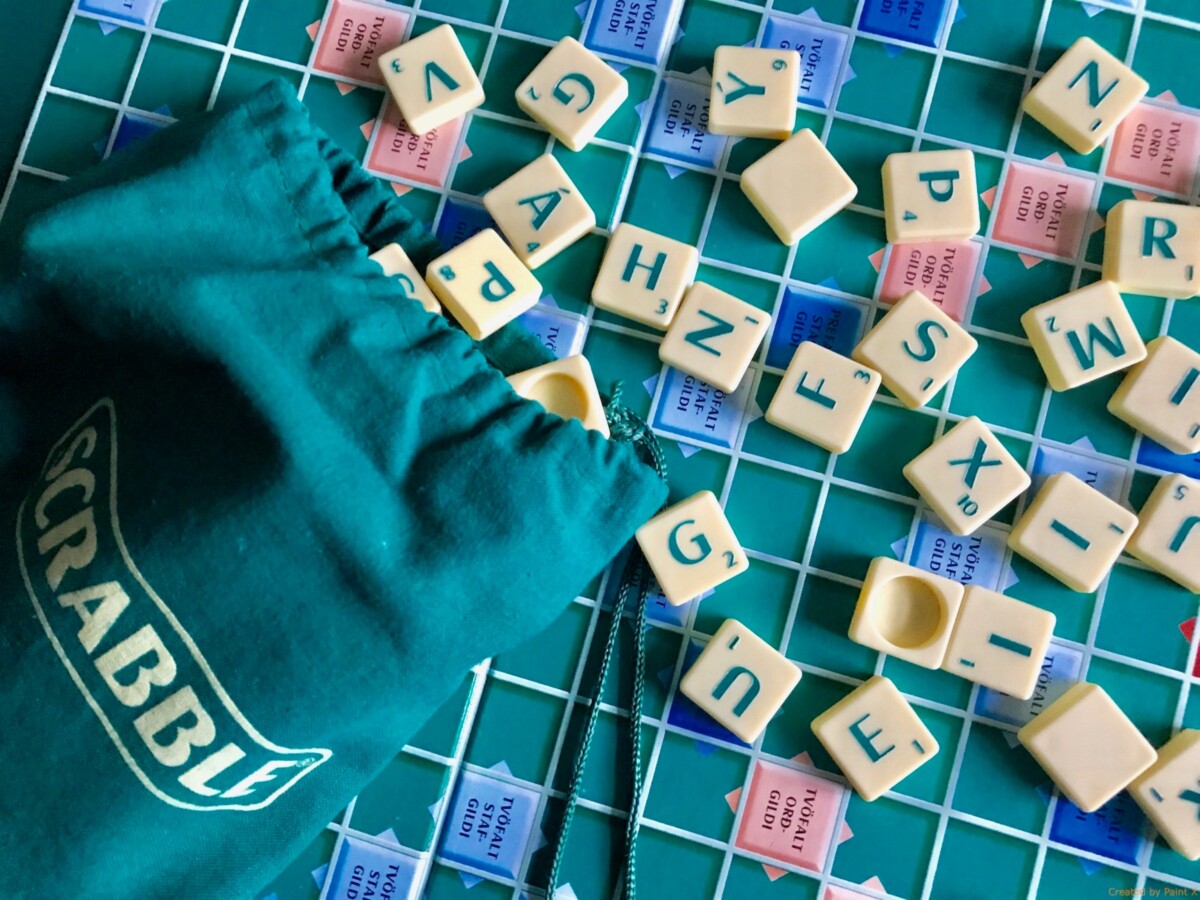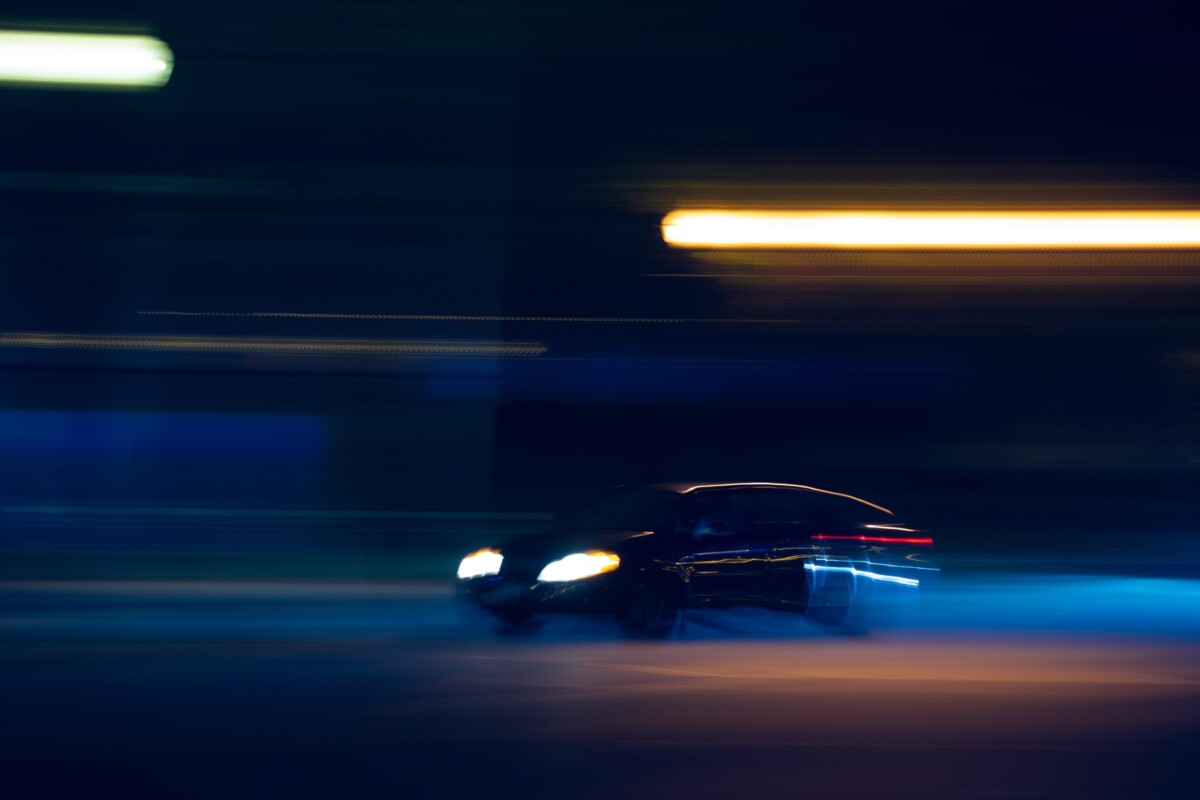The iconic restaurant is selling everything but the kitchen sink. These lots are worth a look.
Sirio Maccioni, the ringmaster of Le Cirque who died last year at 88, used to half-joke that all he really did was stop people from stealing the famed restaurant’s schwag: marked ashtrays, coffee cups, and silverware. Anyone who has ever wanted a memento will have opportunities through May 12 as Black Rock Galleries hosts an online auction to sell many of the original contents from Le Cirque over the course of its multiple locations from 1974–2018.
The 314 lots range from plates and aprons to a silver-plated carving trolley. As with any auction, it’s always good to have a professional who can distinguish the best items from the pedestrian. As the co-author of Sirio’s autobiography, I’ve spent much of my life with all of these items and can happily direct you.
First, let’s not compare this auction to the last big restaurant auction, the $4.1 million dollar sale of mid-century treasures from the Four Seasons in 2016. The Four Seasons was a landmarked Philip Johnson design; items included A-list collectibles by Ludwig Mies van der Rohe, Hans Wegner, Eero Saarinen, and L. Garth and Ada Louise Huxtable that are in the permanent collection of the Museum of Modern Art.
Le Cirque was a different story. It moved from location to location in Manhattan and expanded to Las Vegas, New Delhi, Bangalore, Abu Dhabi, Mumbai, and Dubai, mimicking its clientele and the tastes of multiple periods. Each Manhattan location was a sum of its parts. Taken out of context, it might seem like, well, a lot of junk. Rows and rows on the website present used chairs, “Hotel silver” creamers your grandmother gave you (and you still don’t know what to do with), and the odd, beveled mirror. Don’t expect huge prices, except on some key items.
The prize, surely, will be Kenneth Stern’s six original, Fragonard-inspired mural paintings of monkeys (Lots 10-15) in all sorts of culinary scenes. These hung in the tiny room that was the original location on 65th Street (now part of the restaurant Daniel), so they acted as principal decor. Under these monkeys sat the most beautiful and powerful women in the world—and a few qualifying men—as exemplified by the famous photograph of Maccioni at his most handsome, lying in front of them.
“It would be great to maybe sell them all in one batch, but we’re also selling them individually,” says Mauro Maccioni, Sirio’s youngest son. “Many a celebrity has sat underneath those murals.”
As with many famous or infamous restaurant murals—the sea view from La Côte Basque, or the French park scenes that graced La Caravelle (one of which is at the 55th Street Sweetgreen in Manhattan)—he may or may not get his wish. It will take someone with a particular vision and an expensive decorator to put them in one space.
The more practical collector should turn eyes to Lot 21, marked “Fabulous Original Wall Sconce Lights,” with an additional note that they’re in need of some love. They somehow wound up in every paparazzi picture in the age that created paparazzi, not to mention big hair and shoulder pads. Want a shot of Jacqueline Kennedy Onassis? There she is, with the sconces behind her. Or President Ronald Reagan with his wife Nancy? There they are. The best items, like the sconces, are the pieces commissioned from various designers by decorator Ellen Lehman McCluskey when she created the original room in 1974.
Then there’s Lot 17, the original meat-carving station: “A fantastic piece where we’d carve whole ducks, but you can also transform it to a hot dish where we’d serve pot au feu,” says Maccioni.
I’ll add my own story on its various uses beyond meat.
Le Cirque’s true space in culinary history rests in part on Sirio’s ability to acquire talented young chefs and turn the spotlight of the gossip columnists (before Twitter, Facebook, and Instagram) onto the dishes they created. If you’ve ever made pasta primavera at home, you have Sirio—and his hotline to every editor of every paper—to thank. It was the seminal dish of the ’70s.
Here’s the secret, though: His famous chefs, from Daniel Boulud to David Bouley to Geoffrey Zakarian, had no intention of going down in history making a creamy, gooey pasta that was always a sort-of Italo-American comfort food. Still, it made the restaurant famous. One patron, Donald Trump, had it as an “off-the-menu” item almost every time he came.
Cue the carving station that Sirio set up in a hallway, stuffed with all the ingredients prepared. “I came to like it; it was uniquely Sirio,” Boulud told me in interviews for the biography. “Sirio taught me to give guests what they want, and I agree, but so many parts! So yes, it’s true. I banished it to the hallway!”
In this way, any of his famous clients could have the famous dish, famously put together by the master of ceremonies, à la minute, while Boulud made the Paupiette of Sea-Bass that the future president’s wife, Ivana, preferred.
Boulud’s forthcoming Le Pavillon at One Vanderbilt is itself a dramatic ode to that most famous restaurant of the post-war era in New York, one which helped create the likes of Sirio and Le Cirque. And so the aristocratic lineage goes.
“It’s moving to see these fantastic treasures after so many years,” says Boulud when rung up about the auction. “They bring back fond memories of my days at Le Cirque with Sirio. I am sure everyone will bid fiercely for a piece of New York restaurant history.”
I’d be remiss not to point out that the first nine lots consist wholly of murals/pictures from Milton Glaser, the American graphic designer who also died last year. He made them for Sirio and me, in part as chapter dividers for our book and later displayed at Le Cirque Mexico City. Glaser, who created the “I Love New York” campaign, among many iconic designs, was a friend of Sirio and would have been the first to say that anyone who buys these works now will have made a good investment.
There are gems from the Adam Tihany days, Le Cirque’s controversial move to the landmarked Vuillard Houses, best epitomized by Eloise-illustrator Hilary Knight’s two drawings, Lot 98 and Lot 137.
Then there are items that are not there, such as the Robert Cenedella canvas that captured the sacred monsters of society: hundreds of bold-faced names painted in or taken out, depending on Sirio’s mood. While many copies and prints are in the auction, the original is currently at Cenedella’s studio—maybe having a new president added?
Mauro tells us it’s being readied should Le Cirque in New York ever rise again. The Maccionis have full, “very expensive New York storage rooms” should the dream become a reality. And if not? More of those fabulous sconces could come to market.
As for me, I used to protest frequently that for all the time I spent buried in Sirio’s basement office listening to his stories, surrounded by many of these items, all I got were two green Limoges/Bernardaud bread plates. If you promise not to compete against me, I’m intending to fill out the set.




